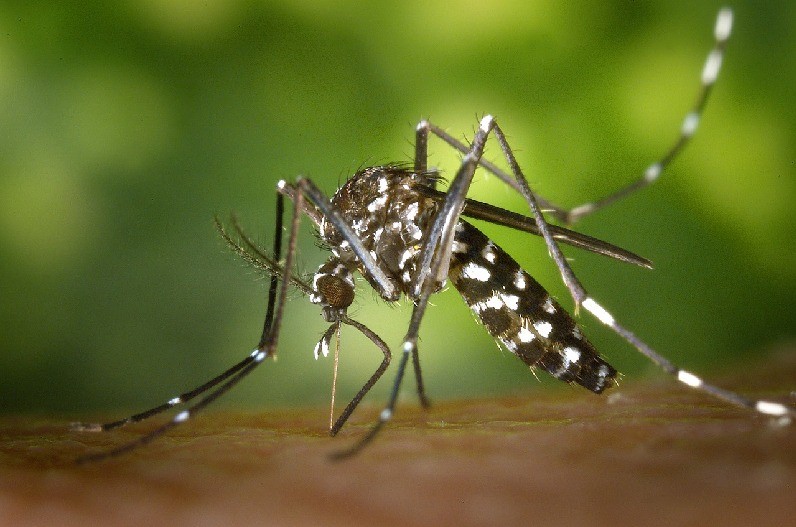The objective of the test was to determine the Complete Protection Time of NO MAS repellent (NO MO), when applied at a typical consumer dose, again wild populations of mosquitos including but not limited to species of the genera Culex, Anopheles, and Aedes, to provide data under the Data-Call-In requirements (EPA Reg. No. 3126-LRN0) of United States Environmental Protection Agency Guideline OPPTS 810.3700.
This mosquito repellent study was sponsored by Mr. Sam Darling of the Del Cielo foundation (Salt Spring Island, British Columbia, Canada), to provide efficacy data in support of a pesticide registration application to the United States Environmental Protection Agency. The test material, based on the active ingredients p-menthane-3,8-diol (PMD) and lemongrass oil (citral), is No Mas, a topical lotion repellent.
The study Protocol was reviewed and approved by Independent Investigational Review Board, Inc., and reviewed favorably by the US Environmental Protection Agency and its Human Studies Review Board, and by the California Environmental Protection Agency.
We conducted a dosimetry study in advance of efficacy testing in order to estimate typical consumer dosing behavior. The resulting average dosing rates, of 1.20 μl/cm2 on arms and 1.04 μl/cm2 on legs, were then employed as the rates for the subjects in the field efficacy study. These results were also used to estimate the Margin of Exposure (MOE) relative to acute dermal toxicity limit dose in No Mas (>5000 mg/kg, see toxicity test reports), resulting in Margin of Exposure (MOE) values of >583 (arms) and >287 (legs) for the repellent. We judged these margins to be sufficiently great to justify dermal exposure of the subjects to the test materials during efficacy testing.
Efficacy was tested in two different habitats under expected environmental conditions for consumers using the product. In each habitat, ten human subjects (five female, five male) each exposed a No Mas repellent-treated limb to mosquitoes for one minute every 15 minutes, until product failure or cessation of the test. Simultaneously, one male and one female untreated control subject exposed arms or legs in the same manner, in order to assess mosquito biting pressure. Both controls experienced landings within one minute of exposure throughout each test day, indicating that mosquitoes were suitably active for the efficacy study.
Under field conditions, the repellent provided substantial and prolonged protection against the mosquito species (Aedes melanimon, Ae. vexans, Ae.nigromaculis, Culex tarsalis, and Anopheles freeborni). Mean Complete Protection Time (CPT) for No Mas was 9.8 hours at Site 1 and 10.1 hours at Site 2.
In summary, No Mas repellent at 16% PMD and 2% lemongrass oil concentrations provided prolonged periods of Complete Protection against several species of mosquitoes, including species significant to public health.


